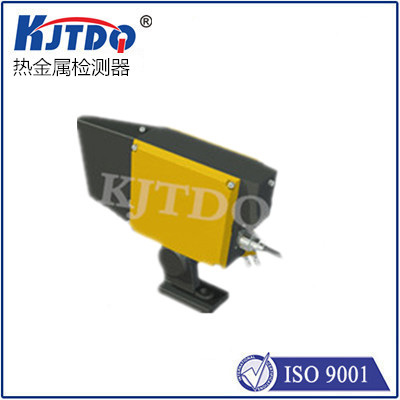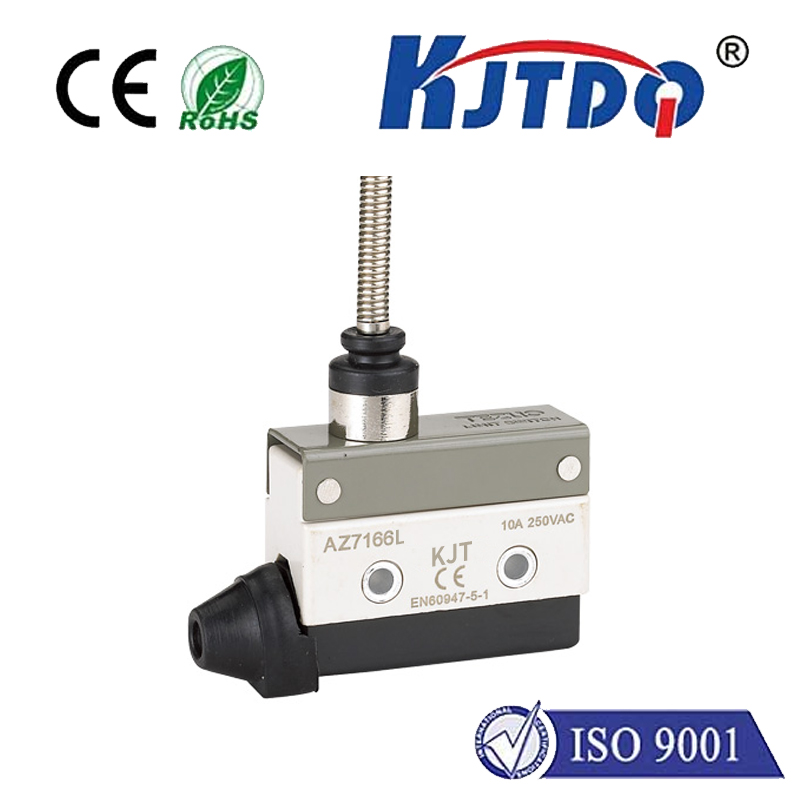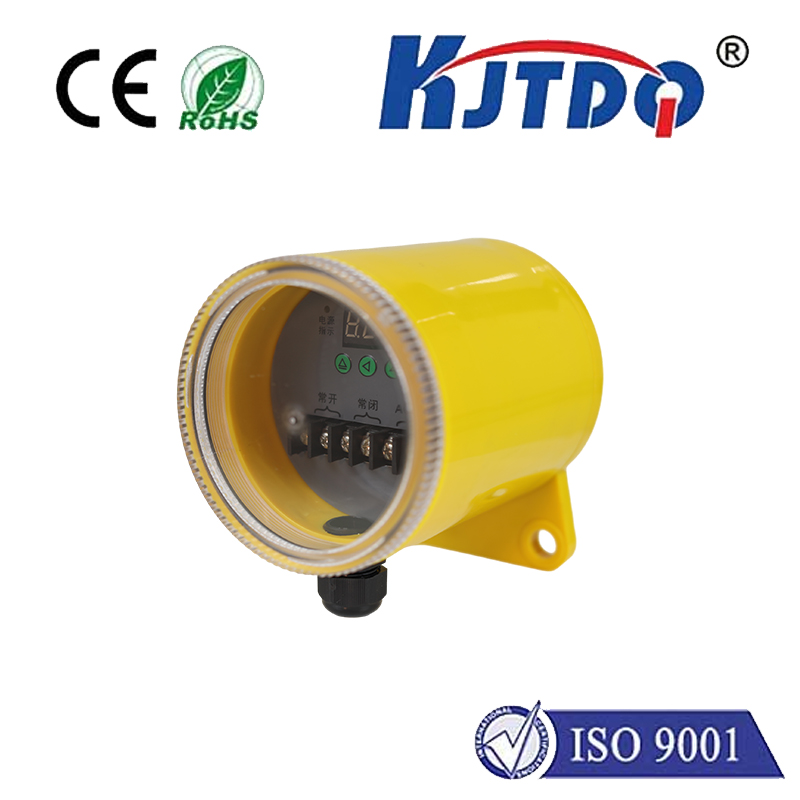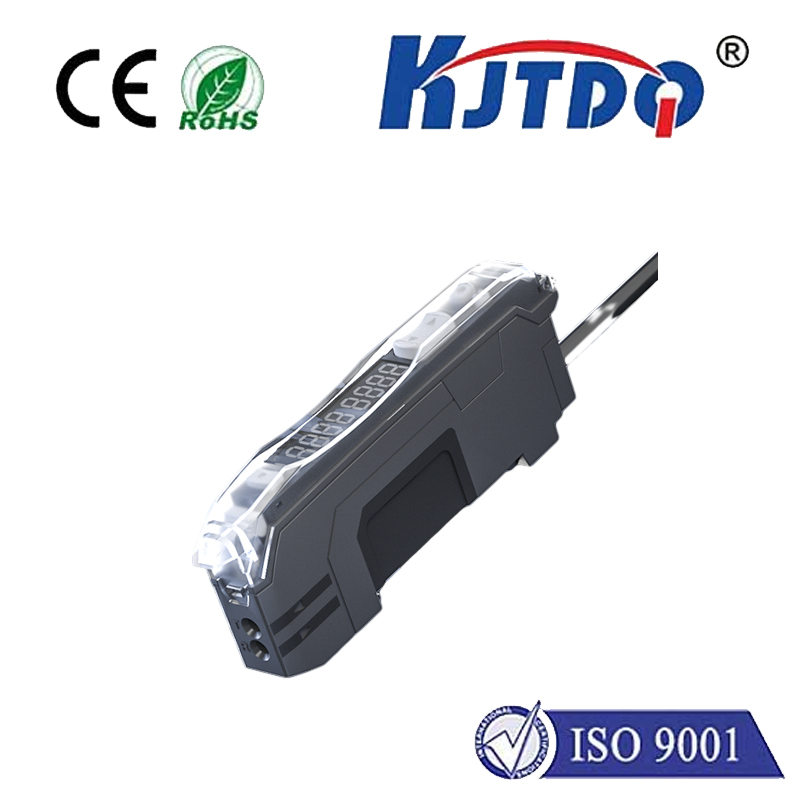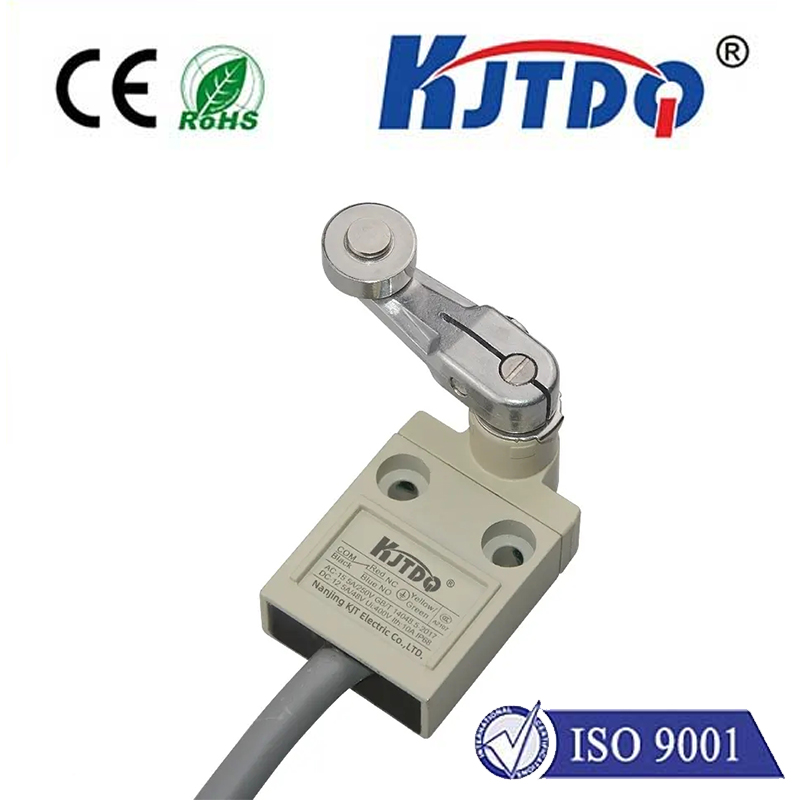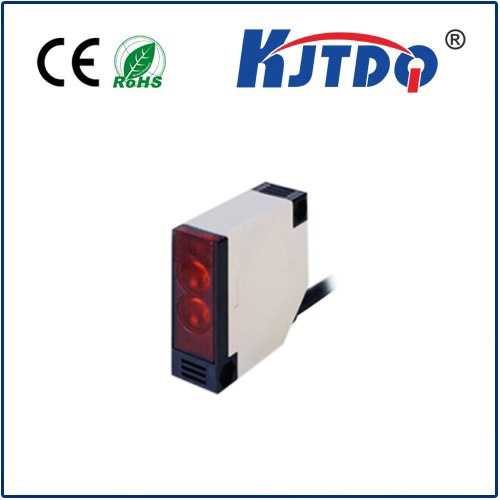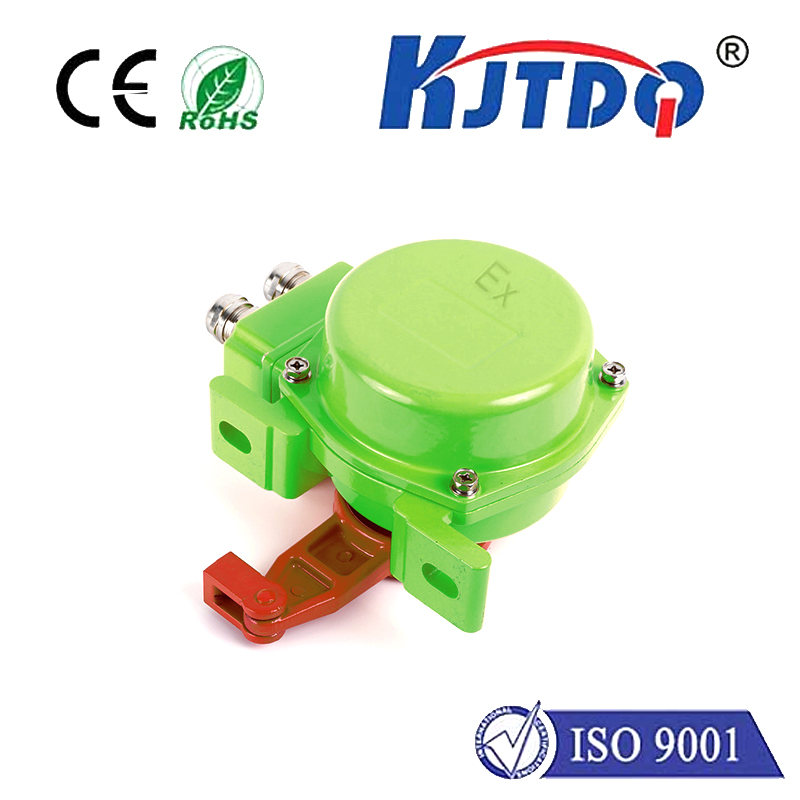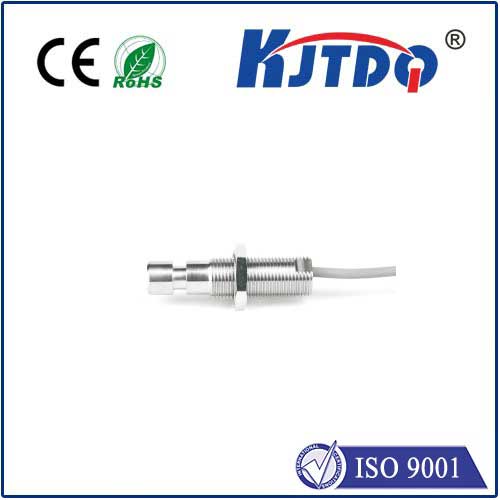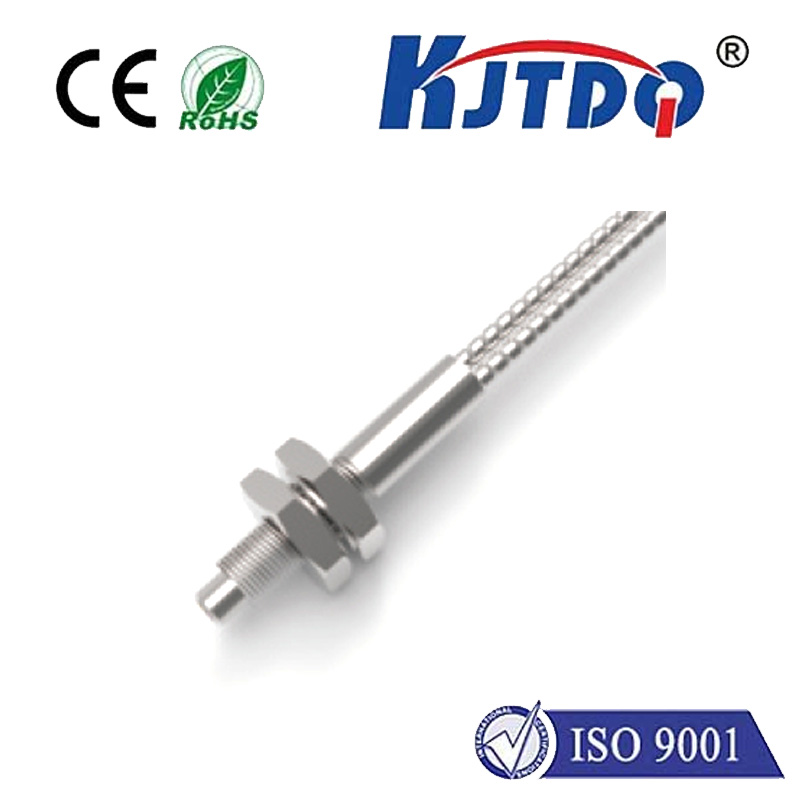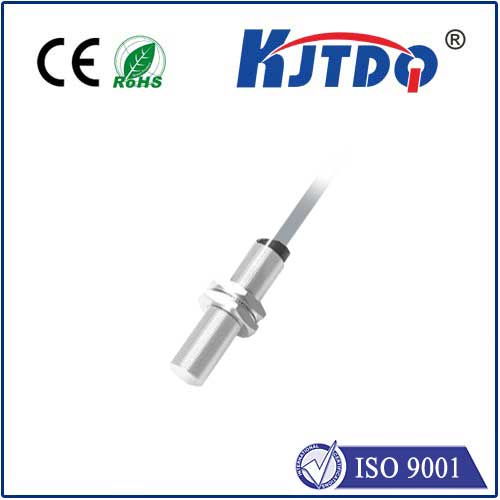
check

check

check

check
Short range lasers, although small in size, pack a significant punch. These powerful devices emit a narrow and intense beam of light that can travel short distances with incredible accuracy. The applications for such technology are vast, ranging from scientific research to industrial manufacturing. In this article, we will delve into the world of short range lasers, exploring their capabilities and how they are being used to revolutionize various industries.
The first thing that sets short range lasers apart is their precision. They can target objects with remarkable accuracy, making them ideal for tasks that require fine detail work. For example, in the medical field, doctors use short range lasers for procedures like eye surgery or removing skin lesions. These lasers allow for minimal invasion and quicker healing times, benefiting both patients and physicians alike.

Industrial manufacturing is another area where short range lasers have made a significant impact. They are often used in production lines for cutting materials or engraving designs onto products. The precision and speed at which these lasers operate greatly improve efficiency and reduce waste, ultimately saving companies time and money.
Scientific research also benefits from the use of short range lasers. Scientists utilize these devices to conduct experiments involving precise measurements or manipulation of tiny particles. This has led to breakthroughs in fields such as quantum physics and nanotechnology, paving the way for advancements in technology and medicine.
However, it's not just about practicality; short range lasers have also found their way into artistic pursuits. Artists now incorporate laser technology into their performances, creating stunning visual displays that captivate audiences around the world. This combination of art and science showcases the versatility of these powerful tools.
Despite their numerous benefits, it's important to note that short range lasers come with safety considerations. Proper protective gear must be worn when working with them, and regulations should be followed to prevent accidental exposure or damage to equipment. As long as these precautions are taken, there's no limit to what can be achieved with this innovative technology.
In conclusion, short range lasers have proved themselves to be valuable assets across various industries due to their precision, speed, and versatility. From improving healthcare outcomes to enhancing manufacturing processes and even contributing to groundbreaking scientific research, these devices continue to push boundaries and open doors to new possibilities. As technology continues to advance, one can only imagine what further innovations short range lasers will bring forth in the future.
